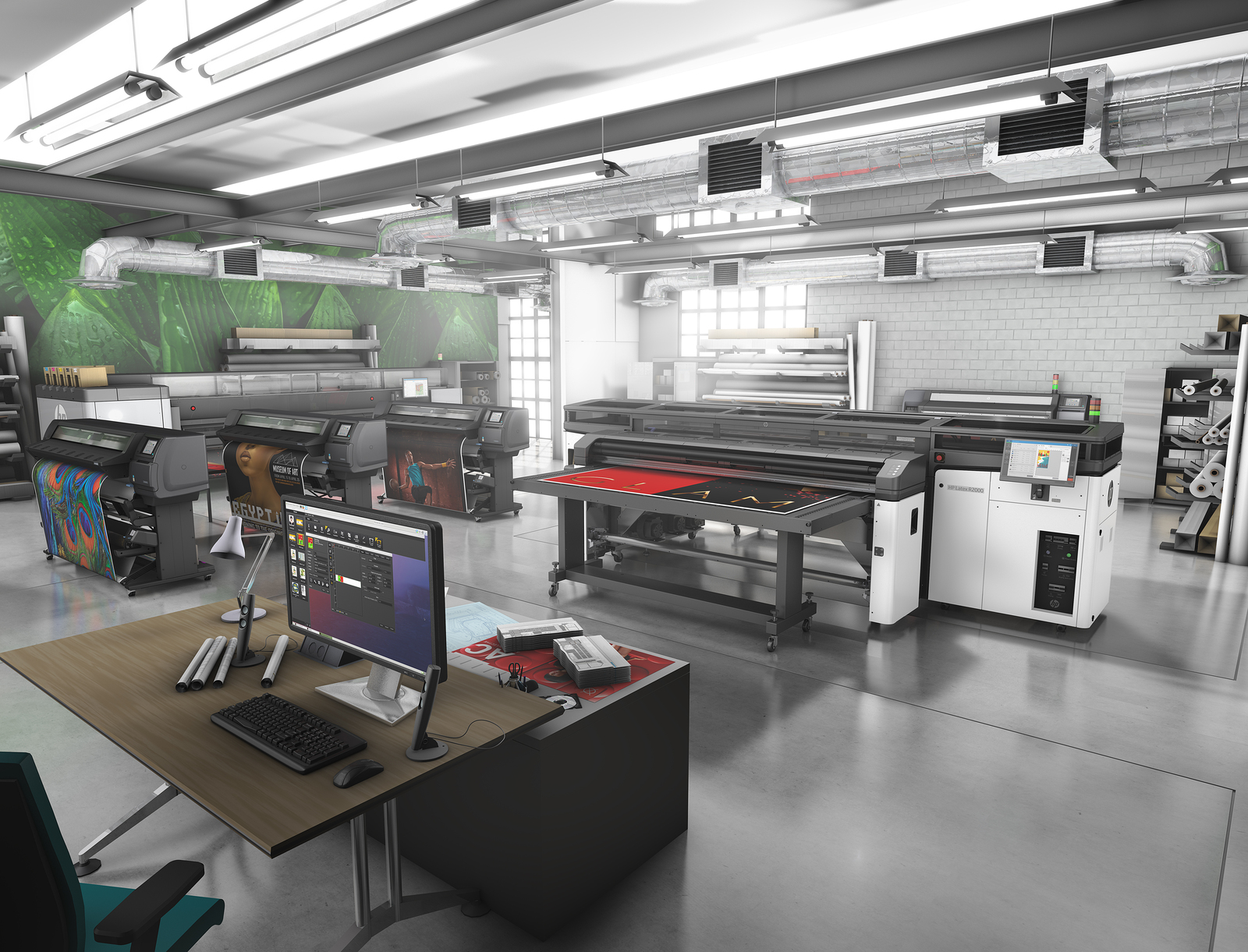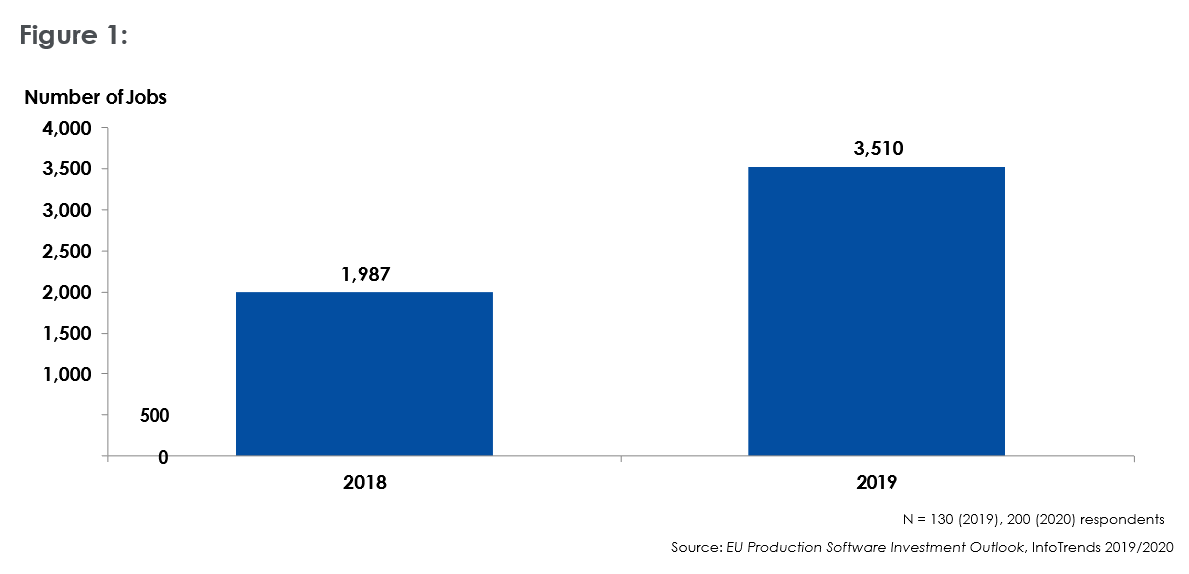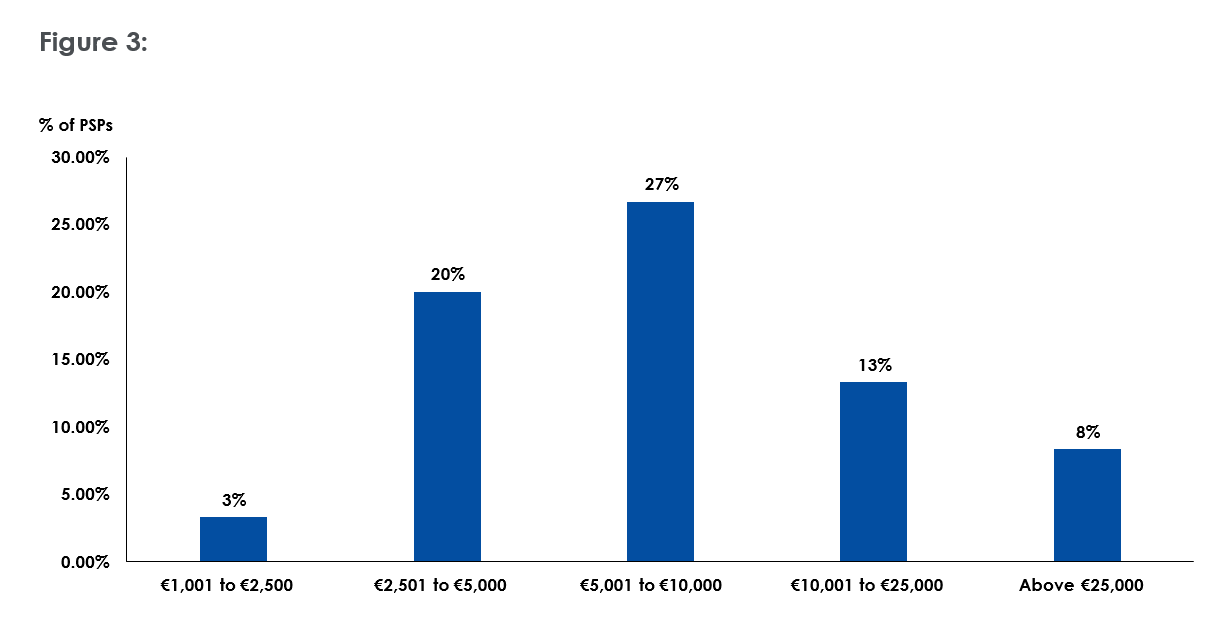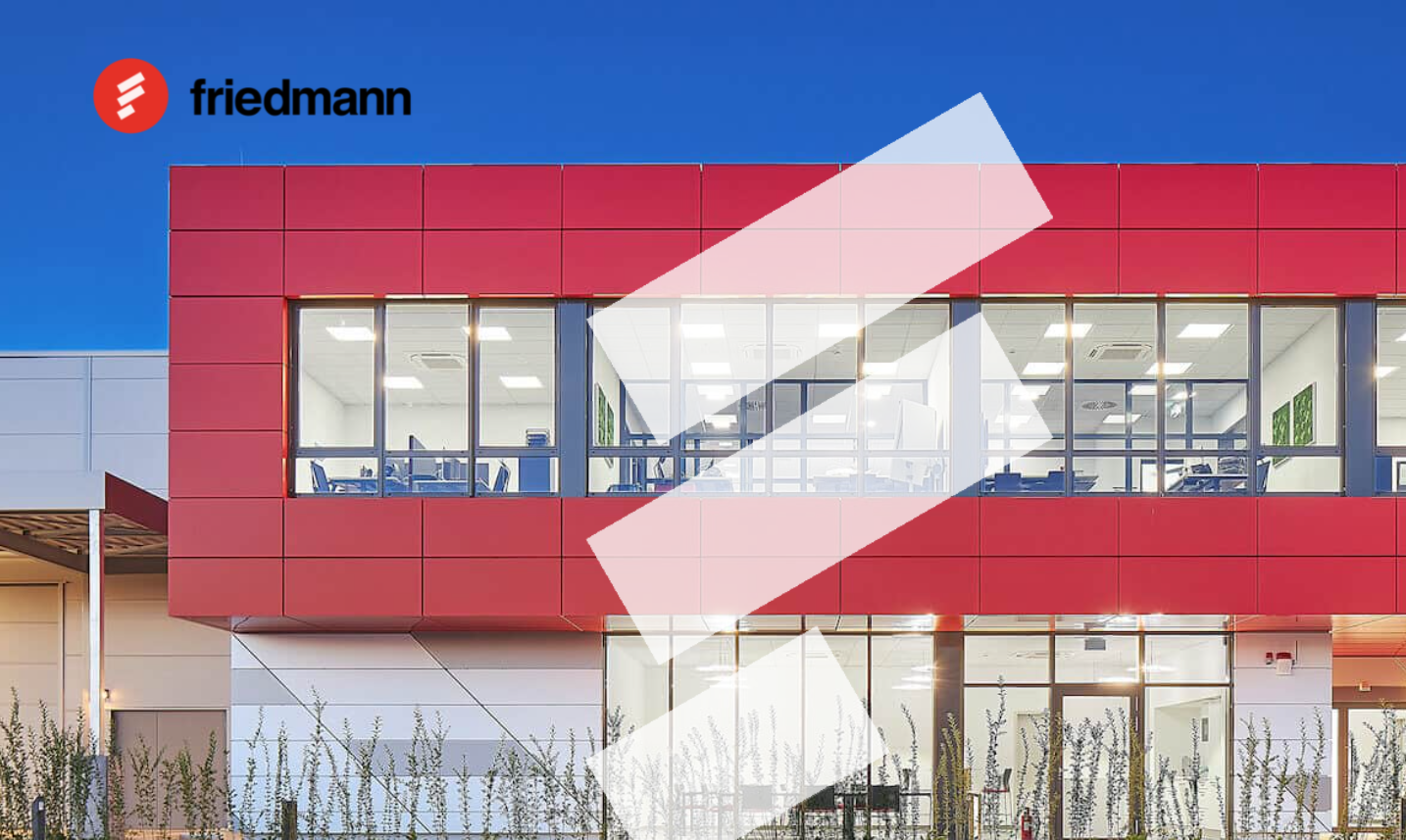
Welcome to this HP Site Flow whitepaper on smart printing solutions. This is part of a series of whitepapers commissioned by HP in 2020 and provide a thorough independent analysis of current workflow trends and the benefits that it can bring across verticals. From capturing digital labels and packaging through short- runs and mass customisation to scaling to thousands of orders without falling apart, this series is designed to help any print service provider get the full picture. The whitepapers can be read in full on this site or downloaded instantly as a PDF with no pesky forms to fill out. From all of us in the HP Site Flow team, we hope you find the series useful.
Keypoint Intelligence Whitepaper: Save hard costs with smart batching and optimization
Introduction
Print service providers (PSPs) need to reinvent their production processes to reach maximum potential and move past the mindset and methods carried over from the days of analogue production. Today’s printers must eliminate manual touchpoints so customers and their jobs can be onboarded quickly without human intervention, and then entered into an automated end-to-end workflow. The conversion from analogue-to-digital production capabilities continues to amplify the top challenges that PSPs face related to processing a high number of small jobs and at the same time reducing production times, as confirmed by Keypoint Intelligence’s research in Europe and North America.
77% Increase in the average number of jobs for EU printers from 2018 to 2019.
PSPs’ concerns are well founded. The same research revealed that the average number of jobs produced per month in 2018 was 1,987 jobs or nearly 100 jobs per day. Just a year later, the average number of jobs increased 77% to 3,510 per month. The challenge of processing a high number of jobs per day scaled with the size of the print operation. The largest printers with over 100 employees produced over 5,200 jobs per month in 2019.
Average Number of Jobs Per Month for EU PSPs

With such an increase in the number of jobs, PSPs must eliminate manual processing to ensure efficiency and profitability. Operators averaged 43 minutes of manual processing time to retrieve customer’s files, check the files for errors (preflight), and create an imposition. When faced with 3,510 jobs per month, the time spent on those three tasks is the equivalent of 16 full-time employees (1) working 40 hours a week.
The challenge is identifying where additional costs and time savings can be found across the end-to-end production processes. Most of the efficiency has already been squeezed out of the printing step, but there is still room to improve in pre-print and post-print processes. Batching of similar orders along with creating smart impositions is an area prior to printing that can have a continuous impact on efficiency and (more importantly) save hard costs and valuable production time.
Simplify Print Production with Batching
Batching allows print shops to combine many small orders into a larger print job and, therefore, longer and more efficient print runs. By simply creating business rules based on selected criteria, such as due dates or common paper type, HP Site Flow examines incoming orders for commonality and groups those into larger jobs. HP Site Flow also adds barcodes for accurate tracking of the work as it progresses through the print shop and, more importantly, for separating and staging the work for dispatching and shipping.
From an operational standpoint, batching work allows printers to combine the 3,510 individual orders averaged per month into fewer print jobs that can be ran more efficiently through the production process. Longer batched press runs also minimise the amount of time for job-to-job setup and changeovers.
Percentage of European PSPs with These Tasks Automated

Unfortunately, most PSPs are not using batching or creating smart impositions to gang jobs to minimise material usage. Batching jobs and then arranging those jobs to optimise the material usage is a powerful combination to increase efficiency and save hard costs.
Unlock Cost Savings through Smart Impositions
While batching increases production efficiency, adding smart impositions to combine job batches also enables the least amount of material to be used and unlocks further cost savings. Smart impositions can save hard costs in three distinct ways: minimising service charges (clicks) on digital presses, removing labour costs for preparing the layouts, and lowering material consumption (and, therefore, cost).
Smart impositions allow PSPs to place more jobs on fewer sheets or gang them onto one larger sheet size. The result is fewer total printed sheets which, in addition to the above- mentioned material savings, will also reduce the amount of click-charges when using digital print technology. Those small savings per sheet quickly add up when dealing with thousands or millions of printed sheets per year.
Save up to **36 days ** of labour costs annually by automating imposition tasks.
Similarly, automating the creation of layouts with smart printing solutions removes the labour previously needed to find an existing template or create a completely new layout.
Keypoint Intelligence’s research found that operators spent an average of 15 minutes on the imposition task per job. Automating this task can save up to 36 days-worth of labour costs annually (2). Such automation frees operators to focus on exceptions and higher value work.
Are you saving up to €10,360 per year by using smart impositions?
Materials can also be a significant portion of the cost of goods sold. The costs, of course, vary based on the type of print establishment and individual job specifications. For example, Printing Industries of America found that paper represented 19% of a commercial printer’s sheet-fed printer job costs (x3). Similarly, material and ink costs in wide format printing applications for signage ranged from €2.79 per square foot for decal material to a high of €6.98 per square foot for backlit displays (according to Keypoint Intelligence’s 2019 Wide Format Application Survey).
There are costs saving opportunities regardless of the type of print establishment, customer base, and application mix. Most respondents (74%) do not use software to batch orders and even more (79%) do not automate the creation of impositions, missing the potential for $10,360 savings per year (the average saved by creating smart impositions from Keypoint Intelligence’s 2019 Software Investment Outlook in North America and Europe).
Annual Cost Savings from Ganging Jobs

HP Site Flow – One Platform to Simply Print Production
Batching and creating smart impositions are commonly separate processes that require multiple software tools, where the print MIS or a stand-alone batching tool creates the job groupings and then passes the data to an imposition tool. Such a setup must be technically integrated, maintaining a stable connection to pass the job information between the software solutions. As a result, the cost and complexities are beyond the reach of many PSPs.
HP Site Flow takes a different approach since it is an end-to-end software platform. Batching and smart imposition functionality resides within the same workflow, so users only need to identify the rules for batching and layout creation. Once the rules are defined, HP Site Flow performs these tasks automatically without the need for operator intervention. In cases where an exception needs to be processed, the operator can still choose to intervene and adjust.
It is rare to find a software solution with the ability to improve overall production efficiency while providing triple costs benefits of time/labour, equipment click-charges, and material savings. HP Site Flow delivers on cost savings through batching and smart impositions by saving labour and material costs, in addition to click charges with digital printing equipment. In an era when orders are increasing, margins are under pressure, and customer expectations are on the rise, PSPs must implement an automated workflow to squeeze costs out of the process. HP Site Flow with its smart printing solutions is designed to turn those cost challenges into profitable opportunities.
-
Based on 43 minutes spent on 3,510 jobs which equals 2,516 hours. 16 full-time employees working 40 hour shifts per week would be required.
-
Calculated based on 15 minutes saved per job at 3,510 jobs annually.
-
Economic and Print Market Trends and Outlook 2017-2018, Printing Industries of America



